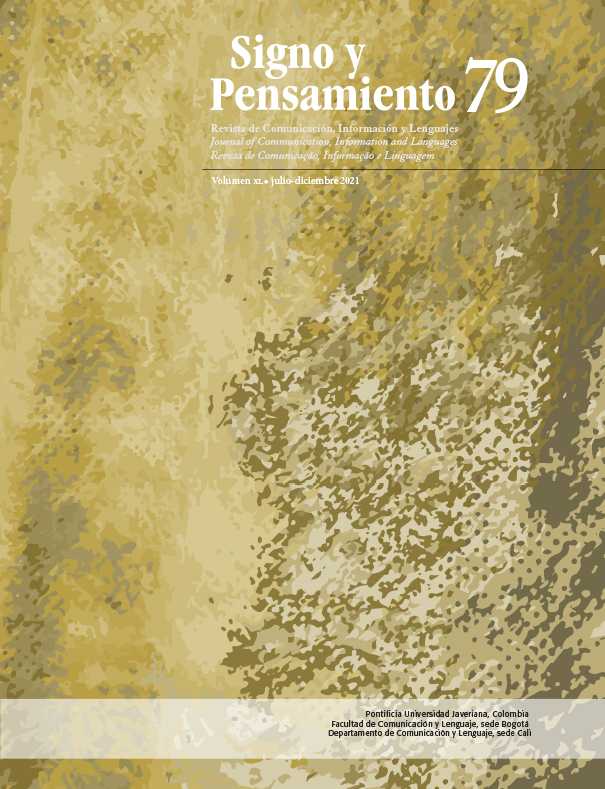Abstract
On September 19, 2017, Mexico City experienced one of the most tragic events in the recent years: a 7.1 earthquake shook the country's capital, leaving considerable both personal and material damage, as well as a network of solidarity that spread throughout all affected areas. The horizontality provided by digital media and the call of a part of society to verify information in times of contingency, enabled the hashtag #Verificado19S to go one step forward and become a need to read verified information that would allow reaching and disclosing in the digital profiles of some users, the affected places that required help and what materials were requested. This framework is the trigger to suggest that verified information is the first step to consolidate a public sphere that would transform networks of interaction into solidarity and collaboration to transform, in turn, our daily life beyond the emergency, and why not think of it as a route towards the significant appropriation of space and the right to the city.
Berger, P., y Luckmann, T. (1968). La construcción social de la realidad. Amorrortu.
Borja, J. (2011). Espacio público y derecho a la ciudad. Viento Sur, 116, 39-49. https://cdn.vientosur.info/VScompletos/VS116_Borja_EspacioPublico.pdf
Castells, M. (1997). La era de la información: economía, sociedad y cultura (Vol. 1). Alianza.
Castells, M. (2009). Comunicación y poder. Alianza.
Cruz Atienza, V., Shri, K., y Ordaz, M. (2017). ¿Qué ocurrió el 19 de septiembre de 2017 en México? Especial sismos. Ciencia UNAM. http://ciencia.unam.mx/leer/652/-que-ocurrio-el-19-de-septiembre-de-2017-en-mexico-
Curran, J., Fenton, N., y Freedman, D. (2012). Misunderstanding the Internet. Routledge.
De Sousa, B. (2000). Crítica de la razón indolente. Contra el desperdicio de la experiencia. Desclée de Brouwer.
Flores-Saviaga, C., y Savage, S. (2020). Fighting disaster misinformation in Latin America: The #19S Mexican earthquake case study. Pers Ubiquit Comput, 25, 353-373. https://doi.org/10.1007/s00779-020-01411-5
Habermas, J. (1986). Historia y crítica de la opinión pública. La transformación estructural de la vida pública. Gustavo Gili.
Harvey, D. (2010). Del espacio al lugar y de regreso. En B. Berenzon y G. Calderón (Coords.), El tiempo como espacio y su imaginario (pp. 19-67). UNAM.
Harvey, D. (2013). Ciudades rebeldes. Akal.
Lefebvre, H. (2013). El derecho a la ciudad. Península.
Nussbaum, M. (2014). Emociones políticas. ¿Por qué el amor es importante para la justicia? Paidós.
Secretaría de Comunicaciones y Transportes. (2019). Las TIC en México. Indicadores 2018. Gobierno de México.
Verificado. (2017). https://verificado.mx
Vidal, T., y Pol Urrutia, E. (2005). La apropiación del espacio: una propuesta teórica para comprender la vinculación entre las personas y los lugares. Anuario de Psicología, 36(3), 281-297. https://www.redalyc.org/articulo.oa?id=97017406003
Zaragoza, M. (2018). Esferas públicas y apropiación del mundo social. Habermas y Arendt miradas comunes. Sphera Publica, 2(18), 93-116. http://sphera.ucam.edu/index.php/sphera-01/article/view/348/14141428

This work is licensed under a Creative Commons Attribution 4.0 International License.
Copyright (c) 2022 Mario Alberto Zaragoza Ramírez


